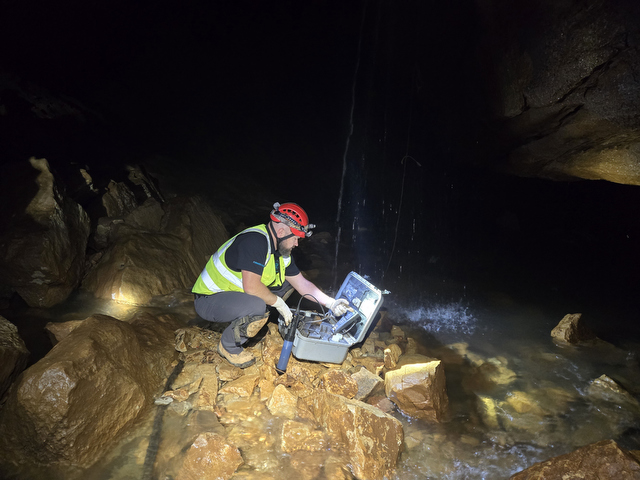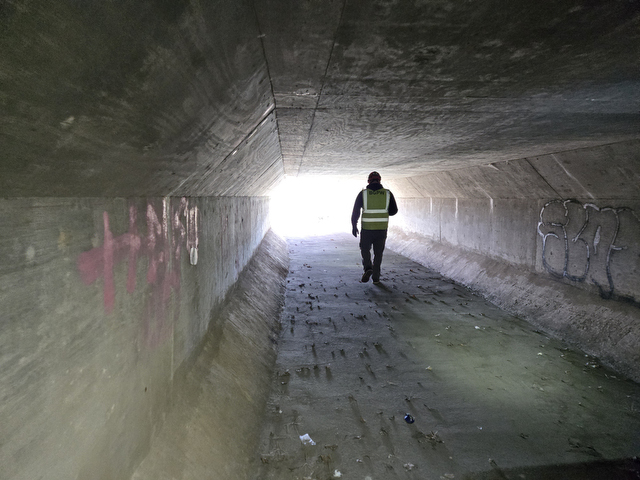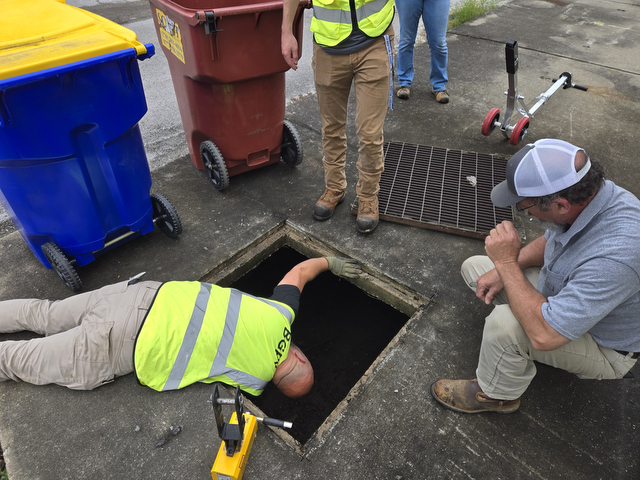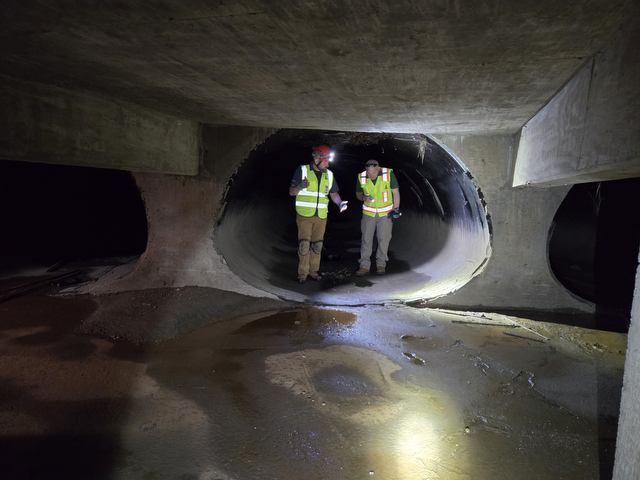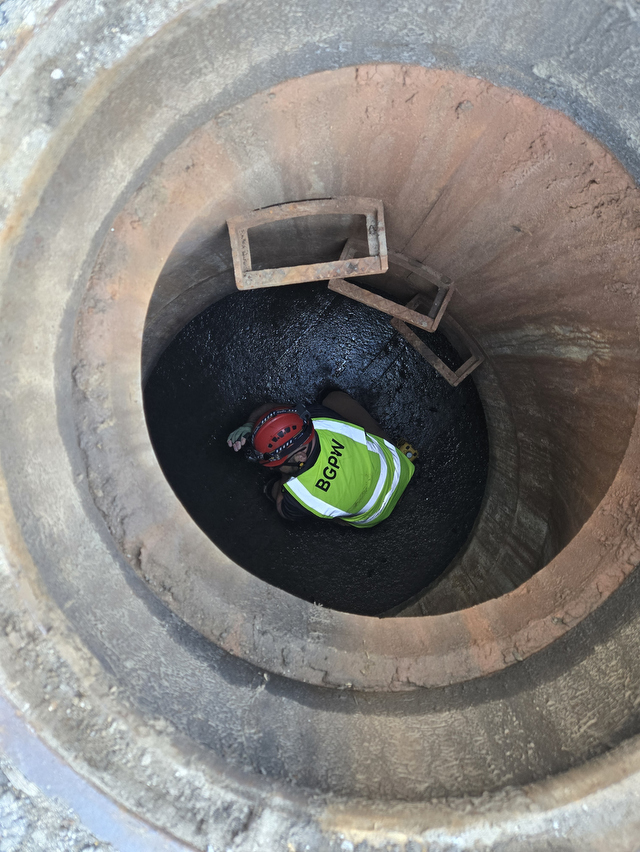New utility proposed to city to cover stormwater needs
Published 6:00 am Tuesday, February 25, 2025





Like many cities across the United States, Bowling Green’s underground infrastructure is aging and in need of attention, especially in the city’s stormwater mitigation system.
City Environmental Manager Matt Powell said inspection work on these lines has been going on, and Powell said some of what the city has found has been “very alarming.”
“We found that there are structural members that are holding up the streets and the parking lots around town that are in various states of decay,” Powell said. “We found that there are obstructions inside the storm sewers that aren’t allowing them to function like they should, and there are some installations and previous repairs where someone just did the best they could.”
Trending
Powell said in total, Bowling Green has 86 miles of underground stormwater infrastructure, consisting of around 5,000 separate pieces. Of these, 1,000 are corrugated metal pipes that have been underground for over 25 years.
“Those are the pipes that are reaching their end of life,” Powell said.
Various portions of the city’s stormwater system have been laid down at different times using varying materials. Powell said on one line, every material was used historically, from hand-laid limestone to modern day, high-performance polyethylene.
To remedy this, Powell has suggested creating a stormwater utility that would collect fees for use in future infrastructure projects.
The idea was floated to city commissioners and department heads at the city’s work session on Jan. 30. No action was taken on the issue at the meeting, but Powell said crews in Bowling Green Public Works found around $5.8 million worth of infrastructure in the city’s system that is “critically in need” of attention over the next 12 months.
“That’s at a level of inspection of only 2%,” Powell told the city. “We only looked at 2% of the system, and we found six million bucks of critical needs.”
Trending
Right now, stormwater is a department within the city. Powell said this means when funding is needed for stormwater projects, it has to be approved by the city and it has to work alongside other funding needs the city has.
If it was made a separate utility, Powell said, it would still be housed within the city instead of under a utility company like Bowling Green Municipal Utilities.
BGMU currently operates water treatment in Bowling Green, taking water from Barren River and making it potable. Powell said BGMU does not handle any stormwater needs.
“In order for them to add that to the the services that they provide … they’d have to accept that whole system,” Powell said. “And honestly, that’s not even anything that’s been considered at all.”
Powell said many municipalities across the state have instituted stormwater as a utility. Governments issue fees — not taxes, as Powell stressed — for the service and the money is used to generate revenue for things like permit compliance, disaster response and grant research.
He said fees collected in Bowling Green would likely only cover stormwater needs.
Warren County government already has a fee structure in place, Powell said. For county residents, a $4 fee is added to their water bills, for businesses it’s $10.
The problem with this, Powell said, is it doesn’t scale with growth. Even if one facility’s stormwater needs increase over the years, the amount they pay does not go up.
Powell prefers an “equivalent residential unit” (ERU) fee. This involves basing fee amounts off of the average number of hard surfaces at residences across town, where runoff comes from. Powell told the city the national average ERU size is around 3,100 square feet.
“Everyone in the community who is a residential user will pay one ERU,” he said, adding that his team figured this amount to $4, the same as the county.
For commercial users, their fee amounts would be multiples of the ERU amount. If one commercial site consists of 9,000 square feet of runoff spaces, then that entity would pay three ERUs worth in fees.
Powell told the Daily News this idea is about helping the city become more proactive in its approach to stormwater mitigation.
“We have been reactive for the last couple of decades, and we need to become proactive, or we may find ourselves in a situation where we have more work to do than we can develop funding for,” he said.


